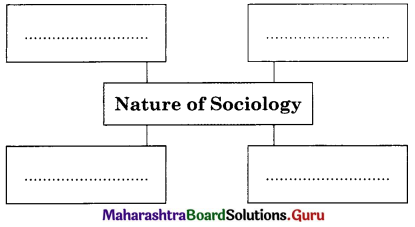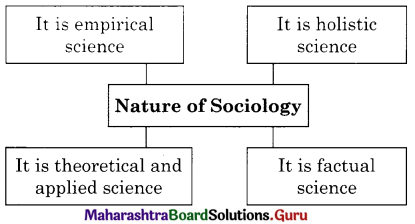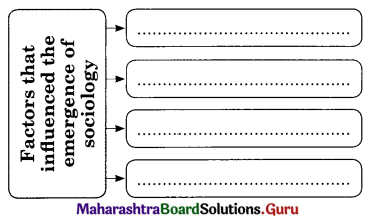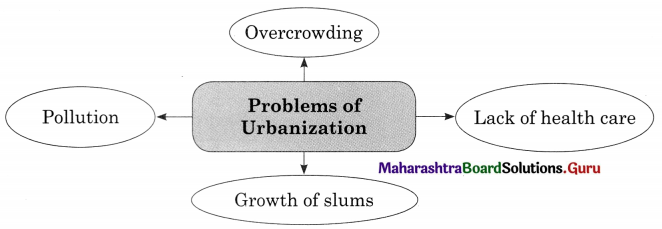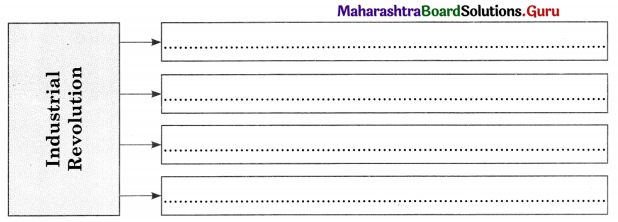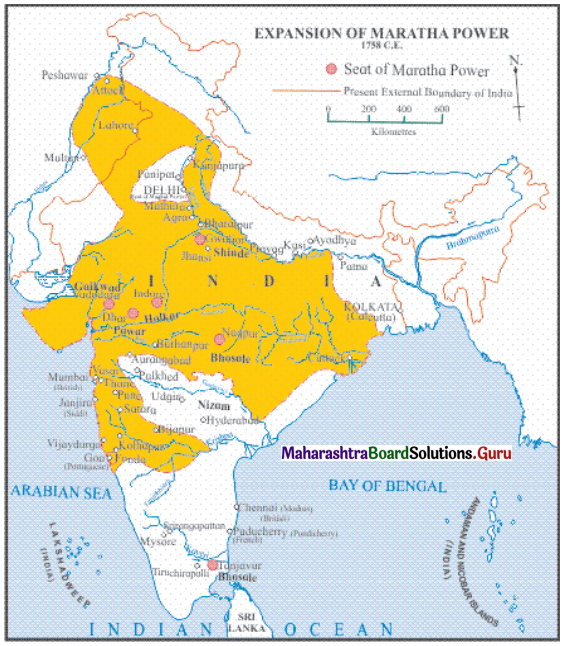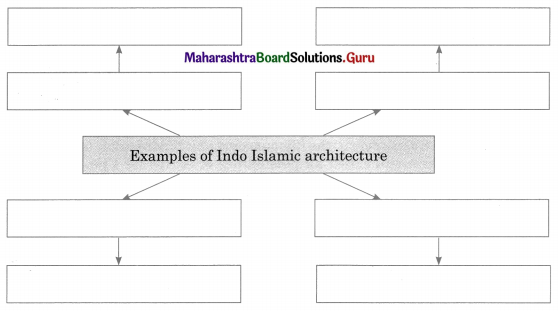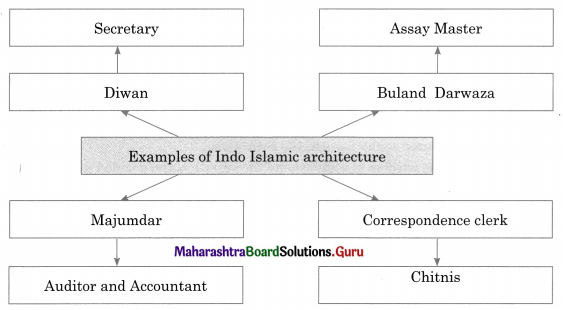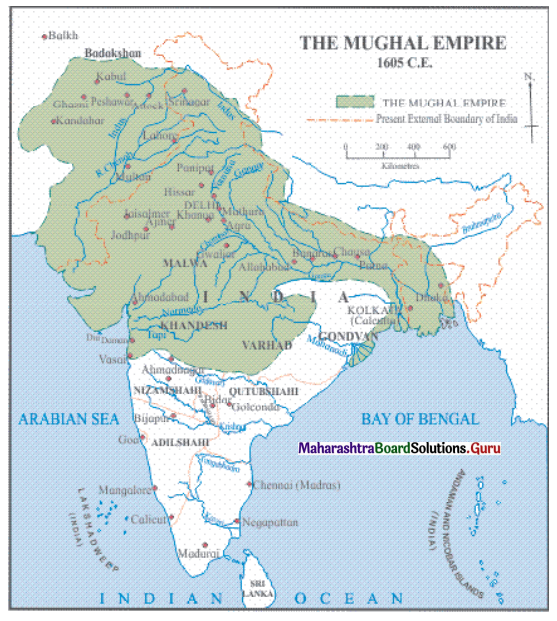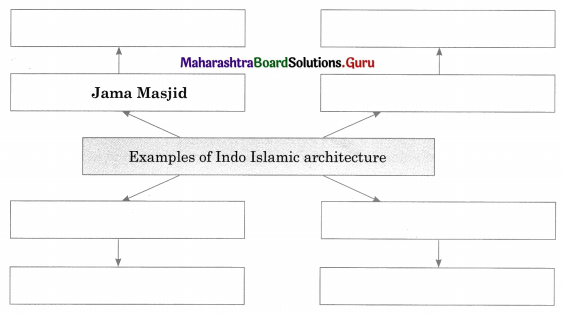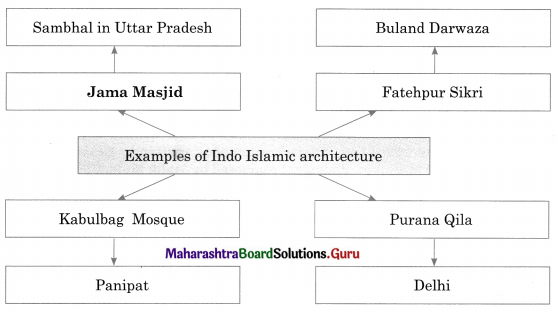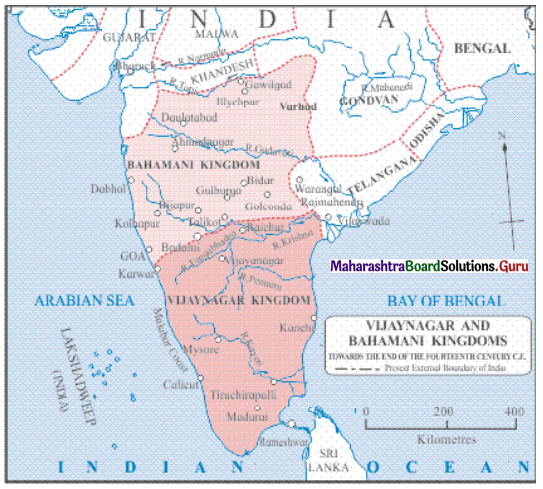Balbharti Maharashtra State Board Class 11 Psychology Important Questions Chapter 4 Human Development Important Questions and Answers.
Maharashtra State Board 11th Psychology Important Questions Chapter 4 Human Development
1A. Complete the following statements.
Question 1.
The term ‘____________’ means a progressive series of changes that occur as a result of maturation and experience.
(A) Human Development
(B) Personal Growth
(C) Maturity
Answer:
(A) Human Development
Question 2.
____________ refers to the physical changes like increase in size and weight as the age advances.
(A) Maturation
(B) Growth
(C) Development
Answer:
(B) Growth
![]()
Question 3.
____________ psychologists study the characteristics and patterns of developmental stages.
(A) Clinical
(B) Developmental
(C) Industrial
Answer:
(B) Developmental
Question 4.
The duration of prenatal period is ____________ to 290 days.
(A) 251
(B) 238
(C) 283
Answer:
(B) 238
Question 5.
The last stage in prenatal period is called ____________ stage.
(A) germinal
(B) fetal
(C) embryonic
Answer:
(B) fetal
Question 6.
The ____________ sleeps for around 18 to 20 hours.
(A) neonate
(B) embryo
(C) foetus
Answer:
(A) neonate
Question 7.
____________ is also called preschool age or age of curiosity.
(A) Early childhood
(B) Infancy
(C) Late childhood
Answer:
(A) Early childhood
![]()
Question 8.
Parents call early childhood as ____________ age.
(A) toy
(B) play
(B) pre-gang
Answer:
(A) toy
Question 9.
Educators regard ____________ as a critical period in the achievement drive.
(A) late childhood
(B) early childhood
(C) adulthood
Answer:
(A) late childhood
Question 10.
The rate of adolescent suicide is higher for ____________
(A) girls
(B) boys
(C) transgenders
Answer:
(B) boys
Question 11.
World suicide prevention day is observed on ____________ every year.
(A) 10th September
(B) 8th October
(C) 11th December
Answer:
(A) 10th September
Question 12.
Late adulthood is the time of ‘____________’.
(A) Empty Nest
(B) High achievement
(C) Low curiosity
Answer:
(A) Empty Nest
Question 13.
____________ is associated with forced leisure.
(A) Late adulthood
(B) Old age
(C) Early adulthood
Answer:
(B) Old age
![]()
Question 14.
____________ life begins in old age.
(A) Retirement
(B) Relaxation
(C) Depressed
Answer:
(A) Retirement
1B. Match the following pairs.
Question 1.
| A | B |
| 1. Prenatal stage | a. Birth to two weeks |
| 2. Neonatal stage | b. 60 years till death |
| 3. Early childhood | c. Six years to 10-12 years |
| 4. Late childhood | d. 40 years to 60 years |
| 5. Adolescence | e. Conception to birth |
| 6. Early adulthood | f. 12-14 years to 20-21 years |
| 7. Late adulthood | g. Two years to six years |
| 8. Old age | h. 21 years to 40 years |
Answers:
| A | B |
| 1. Prenatal stage | e. Conception to birth |
| 2. Neonatal stage | a. Birth to two weeks |
| 3. Early childhood | g. Two years to six years |
| 4. Late childhood | c. Six years to 10-12 years |
| 5. Adolescence | f. 12-14 years to 20-21 years |
| 6. Early adulthood | h. 21 years to 40 years |
| 7. Late adulthood | d. 40 years to 60 years |
| 8. Old age | b. 60 years till death |
1C. State whether the following statements are true or false.
Question 1.
The life of an individual is real and significant just as the geographical age of the earth.
Answer:
True
Question 2.
Growth is a part of development.
Answer:
True
Question 3.
All developmental changes are genetic by nature.
Answer:
False
Question 4.
Growth, maturation, and development are parallel concepts.
Answer:
True
![]()
Question 5.
Maturation is dependent on the environment as well as training.
Answer:
False
Question 6.
Infants develop control of the head and face movements within the first two months after birth.
Answer:
True
Question 7.
By the end of the embryonic stage, the zygote gets attached to the wall of the uterus.
Answer:
False
Question 8.
During infancy, rapid physical and motor development takes place.
Answer:
True
Question 9.
Child experiences stranger anxiety in late childhood.
Answer:
False
Question 10.
James Marcia’s approach discusses identity development in adulthood.
Answer:
False
Question 11.
World suicide prevention day is observed since 2003.
Answer:
True
Question 12.
Erikson asserts that people in late adulthood get experiences and society expects them to be more constructive.
Answer:
True
![]()
Question 13.
Elderly people have a minority-group status.
Answer:
True
Question 14.
Most stereotypes about old people are favourable to them.
Answer:
False
2. Explain the following concepts.
Question 1.
Write about internal factors affecting human development.
Answer:
- Internal factors affecting human development are basically related to heredity characteristics or genes.
- Some of the internal factors are Predisposition to certain diseases, immunity, over or under secretion of hormones.
- Internal factors determine the inherent physical and mental characteristics of an individual and thereby, have a crucial impact on the development.
Question 2.
Write about external factors affecting human development.
Answer:
- External factors affecting human development are basically related to nature or the environment.
- Some of the external factors are Parental attitudes and expectations, peer group and
interpersonal relations, mass media, and overall social environment. - External factors shape the thoughts, attitudes, and beliefs of an individual and thereby, have a significant effect on development.
![]()
3. Answer the following questions in around 35-40 words each.
Question 1.
Explain the cephalocaudal principle of development.
Answer:
- The cephalocaudal principle describes the direction of growth and development.
- It states that the development proceeds from the head to toe.
- According to this principle, the child gains control of the head first, then the arms, and then the legs.
Question 2.
Explain the proximodistal principle of development.
Answer:
- The proximodistal principle describes the direction of development.
- It states that the development proceeds from the center of the body to outward.
- This means that the spinal cord develops before outer body parts.
- The child’s arms develop before the hands and the hands and feet develop before the fingers and toes.
Question 3.
State any four changes in infancy.
Answer:
- During infancy, rapid physical and motor development takes place.
- Within two months, the child can turn his head.
- A child can sit and walk with support by nine months.
- The child starts walking independently by around 12 months of age.
Question 4.
Explain any four changes in early childhood.
Answer:
- The child develops control over his muscles.
- The child becomes physically independent.
- The physical territory of the child increases and he automatically learns about social behaviour.
- The child asks a number of questions to others.
![]()
Question 5.
Explain any three changes in late childhood.
Answer:
- The fundamental skills of reading, writing, and calculations develop at this age.
- Hand-eye coordination develops along with micro-skills.
- Even cognitive abilities like thinking and reasoning begin to develop.
Question 6.
Explain any two characteristics of late adulthood.
Answer:
- Late adulthood is a time of achievement. Erikson says that at this age people get experiences and society expects them to be more constructive.
- Late adulthood is a time of evaluation where people evaluate themselves by their achievements and previous aspirations.
4. Write short notes.
Question 1.
Characteristics of infancy
Answer:
Infancy ranges from two weeks after birth to two years. The characteristics of infancy are as follows:
- It is a foundation age because many behavioural patterns, attitudes, and emotions develop during this age.
- There is rapid growth and many changes during this stage. These changes are qualitative as well as quantitative.
- Infancy is an age of independence due to control of body movements. It enables an infant to sit, stand and walk, and manipulate objects around him.
- Due to developed interests and abilities, infancy is the age of increased individuality.
- It is the beginning of socialization since the infant goes from being asocial to social.
Question 2.
Adolescence
Answer:
- The age between late childhood and youth is called adolescence. This age ranges between 12-13 years to 19-20 years.
- During this age, rapid physical development takes place. This stage begins with puberty.
- Height and weight of adolescent increases. Menarche in girls and nocturnal emission in boys occur due to the maturation of sex organs.
- Secondary sex characteristics develop during this stage, e.g. breast development among girls, growth of mustache, and pubic hair among boys.
- Also, the search for identity and independence develops among adolescents. Their thoughts are more logical, abstract, and idealistic.
- Adolescents like to spend more time with their friends.
- Adolescents face a number of problems like identity crisis, addiction, and depression.
![]()
Question 3.
Old age
Answer:
Old age ranges from 60 years to death. Old people have to adjust to their environment. In some cases, the death of a spouse leads to loneliness, The characteristics of old age are as follows:
- Old age is a period of decline in physical and mental capacities. Individuals in this stage also face certain health issues.
- There are individual differences in the impact of aging.
- Old age is judged by different criteria, e.g. society tends to judge age in terms of physical appearance and activities.
- There are many stereotypes about old people.
- Most stereotypes are unfavourable.
- Elderly people have a minority-group status.
- Aging requires role changes.
- Adjustment is poor during old age.
- The desire to be young is seen in old age.
5. Answer the following questions in 150-200 words.
Question 1.
Explain three prenatal stages.
Answer:
A period between conception till birth is called a prenatal period. During this period, major developmental changes take place in a very rapid manner. This development goes through three stages as follows:
1. Germinal stage: It ranges from conception to two weeks. Within few hours after conception, the zygote starts a journey down the fallopian tube to the uterus; where it begins the process of cell duplication.
In this process, the zygote divides itself into two cells and then goes on duplicating itself. By the end of this period, the zygote gets attached to the wall of the uterus.
2. Embryonic stage: It starts from the third week after conception and continues till the ninth week. It is a time when the mass of cells (embryo) becomes distinct from a human. This stage plays a crucial role in the development of the brain. Almost all internal and external organs develop by the end of this period.
3. Fetal stage: It begins during the ninth week and lasts until birth. This period is marked by more important changes in the brain. The body parts and structures established in the embryonic stage continue to develop during this stage.
![]()
Question 2.
Explain the characteristics of adolescence.
Answer:
The age between late childhood and youth is called adolescence. This age ranges between 12-13 years to 19-20 years. The characteristics of adolescence are as follows:
- Adolescence is an important period that has an immediate effect on the attitude and behavior of an adolescent.
- Adolescence is a transitional period, i.e. it is a bridge between childhood and adulthood.
- Adolescence is a period of physical changes.
- Adolescence is an age of challenges. During childhood, the majority of problems are solved by parents and teachers but an adolescent wants to be independent.
- Adolescence is a time for searching for one’s own identity.
- Adolescence is a time of unrealistic ideas. They have a tendency to look at life through rose-tinted glasses and engage in daydreaming. As a result, they face problems like lack of concentration.
- Adolescence is a threshold of adulthood.
Question 3.
Explain Marcia’s approach to identity development.
Answer:
James Marcia’s approach to identity development during adolescence is as follows:
- Identity foreclosure: Here, adolescents just accept others’ decisions about what is best for them. e.g. a doctor’s son becomes a doctor. These adolescents are happy and self-satisfied. They tend to be authoritarian and have a need for self-approval.
- Identity diffusion: Here, adolescents neither explore nor commit to the alternatives. They are socially withdrawn. These adolescents appear carefree but their lack of commitment impairs their ability to form close relationships.
- Moratorium: Here, adolescents explore some alternatives but make no commitments. They experience high anxiety and psychological conflict. They are lively and appealing and seek intimacy with others
- Identity achievement: Here, adolescents explore and search about ‘who they are and ‘what they do’. Teens who have reached this stage tend to be psychologically healthier, higher in achievement, motivation, and moral reasoning.
- Some adolescents shift among all the above-mentioned categories but for most of them identity gels in late teens and early twenties.



